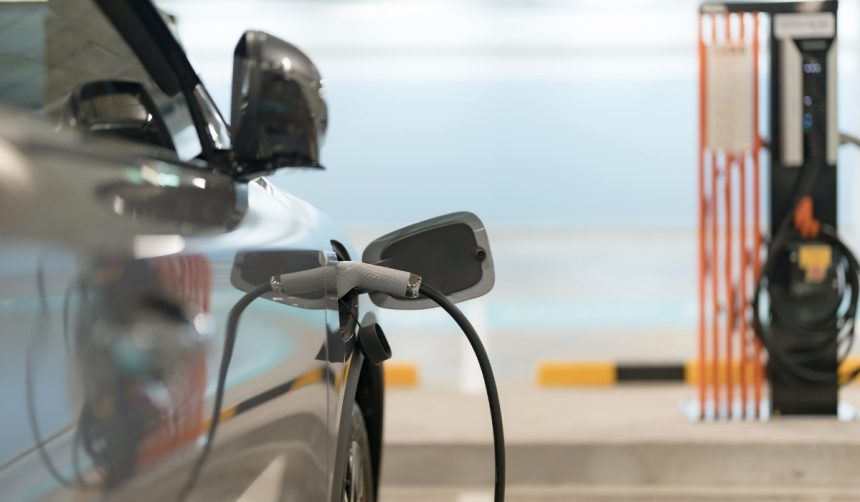In a dynamic automotive landscape, innovation continues to shape the industry’s future. A notable shift is apparent with a new electric truck by Slate Auto, backed by Jeff Bezos, priced at $25,000. Meanwhile, Tesla is preparing to launch an extensive fleet of robot taxis in Austin, Texas, signaling further advancements in electric vehicle technology. Across the globe, Chinese companies are pioneering rapid-charging solutions that drastically reduce charging times. Amidst these global shifts, Cupra, a spin-off of Seat under Volkswagen’s control, plans to make its mark in the U.S. market by 2030 with its range of stylish vehicles.
Cupra’s evolution from a sub-brand under Seat to an independent identity marks a strategic transition similar to Genesis’s separation from Hyundai. Initially part of a collaboration between Fiat and the Spanish government, Volkswagen acquired Seat in the 1980s, leading to Cupra’s emergence as a stand-alone entity in 2018. This evolution signifies the continued trend of diversified branding within the automotive industry, aimed at capturing niche markets. Previous reports about Cupra’s strategic expansion highlighted its urban-centric marketing approach, contrasting with its reliance on Volkswagen’s Golf platform for underlying vehicle architecture.
How Does Cupra Market Itself?
Cupra carves its niche within a unique market segment, bridging the gap between economical and luxury cars. Its branding strategy includes setting up “urban garages” in trendy European and Latin American locales to appeal to a youthful, urban audience. With innovative marketing through collaborations with DJs and filmmakers, Cupra presents itself as a lifestyle brand. For instance, their product launches at events such as the Milan Fashion Week further illustrate this approach, underscoring Cupra’s focus on blending automotive functionality with modern aesthetics.
What’s in Cupra’s Vehicle Lineup?
Cupra’s current lineup features vehicles like the Formentor, a Compact SUV, the Tavascan, an electric SUV coupe, and the Terramar, another electric SUV. Adding to this is the upcoming Raval, an urban EV set for a 2026 launch in Europe. Stretching beyond Europe, Cupra aims to penetrate the U.S. market by the decade’s end. However, specific details about which models and powertrains will be available remain undecided, leaving the scope of their U.S. offerings undefined. The timeline for entry suggests a strategic approach to global expansion, though details about partnerships and cost remain under wraps.
When Can We Expect Cupra in the U.S.?
Plans to introduce Cupra to the United States by 2030 align with broader trends towards electric vehicle adoption stateside, supported by a burgeoning market interest. However, the lack of clarity concerning partnerships, model availability, and potential pricing indicates that substantial development work remains. The significance of this strategic expansion hinges on market conditions, regulatory climates, and consumer demand shifts. As uncertainty persists around domestic policy and international trade relations, Cupra’s American debut promises both opportunities and challenges.
Cupra’s introduction timeline emphasizes the rapid evolution in global automotive trends. As electric vehicles increasingly dominate market developments, such brands contemplate global expansions strategically, blending technological innovation with design innovation to capture newer audiences. Despite logistical uncertainties, Cupra’s focus on creating vehicles resonating with urban lifestyles suggests an alignment with growing consumer preferences for electric and aesthetically appealing automotive options. These evolving industry dynamics may significantly impact Cupra’s potential success in international markets such as the U.S.










